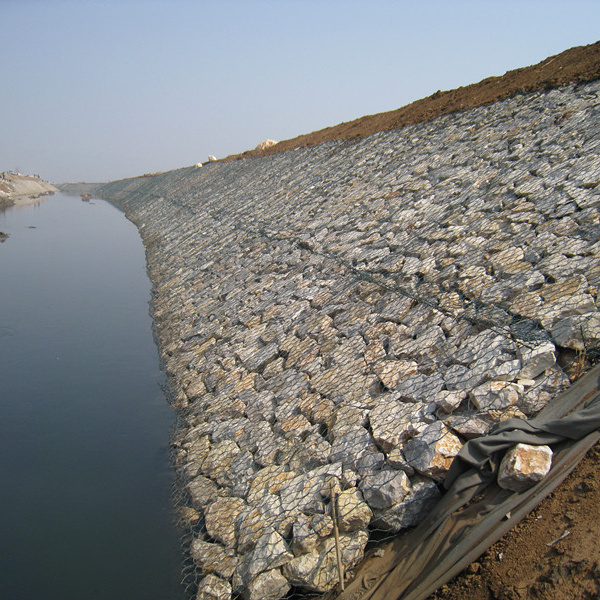Oct . 10, 2024 11:12 Back to list
china unit weight of gabion wall
Understanding the Unit Weight of Gabion Walls in China
Gabion walls have gained popularity in civil engineering and landscape design as effective solutions for erosion control, flood protection, and structural stability. A gabion wall is constructed by stacking wire mesh cages filled with stones or rocks, creating a flexible yet durable barrier. In China, the use of gabions has been widespread, particularly in areas prone to landslides or flooding. One crucial aspect to consider when designing and constructing gabion walls is their unit weight, which affects the overall stability and performance of the structure.
What is Unit Weight?
Unit weight, also known as specific weight, is the weight of a material per unit volume. For gabion walls, it is essential to determine the unit weight of the fill material (usually rocks or gravel) and the wire mesh. The total unit weight of a gabion wall will impact its ability to withstand lateral pressures, especially in application scenarios such as riverbanks, slopes, or retaining applications.
In engineering terms, the unit weight of solid rock can vary based on the type and origin of the material. Common rocks used in gabion construction, such as granite, limestone, and basalt, generally have unit weights ranging from 2,400 to 3,000 kg/m³. When designing gabion walls, engineers must consider not only the unit weight of these solid materials but also the fill configuration, moisture content, and overall design specifications.
Factors Influencing Unit Weight
Several factors influence the unit weight of gabion wall fill materials in China
1. Material Type The geological composition of rocks affects weight. Granite, for instance, is denser than sandstone, leading to a higher unit weight.
china unit weight of gabion wall

2. Moisture Content Water-logged materials can significantly increase the overall weight of the gabion structures, as water adds extra mass. It is critical to account for potential precipitation and groundwater when estimating the unit weight.
3. Compaction The degree of compaction of the fill material within the gabion cages affects its density. Well-compacted fills will exhibit higher unit weights compared to loosely filled materials.
4. Geological Conditions Local geological conditions in various regions of China can lead to variations in the types of available rocks and their respective unit weights.
Calculating Unit Weight for Gabion Design
When designing a gabion wall, engineers often use the unit weight to calculate the wall's ability to resist external pressures. This is achieved through the application of principles from soil mechanics. The resulting analysis helps assess the need for additional structural support, especially in locations prone to high lateral earth pressures.
For effective design and construction, it is advised to conduct in-situ tests to determine the actual unit weight of the selected fill materials. These tests can help mitigate the risks associated with construction errors and environmental changes.
Conclusion
Gabion walls remain a versatile and cost-effective solution for numerous engineering and environmental challenges across China. Understanding the unit weight of materials used in these structures is vital for ensuring their stability and effectiveness. As the construction industry continues to evolve, the use of gabion walls will likely increase, necessitating an ongoing focus on material properties and engineering best practices to maintain their integrity and performance in various applications. Properly designed gabion walls not only provide structural benefits but also enhance the aesthetic appeal of landscapes, illustrating a harmonious balance between functionality and beauty in civil engineering practice.
-
The Role of Galvanized Gabion Mesh in Riverbank Protection
NewsJun.26,2025
-
The Role of Gabion Basket Raised Bed in Sustainable Gardening
NewsJun.26,2025
-
Quality Assurance of Wire Mesh Gabion Baskets
NewsJun.26,2025
-
Installation Guide for Welded Gabion Box
NewsJun.26,2025
-
How to Choose the Right Gabion Box
NewsJun.26,2025
-
Different Types of Gabion Wire Mesh
NewsJun.26,2025
-
Why PVC Coated Gabion Mattress Is the Best Solution for Long-Term Erosion Control
NewsMay.23,2025






